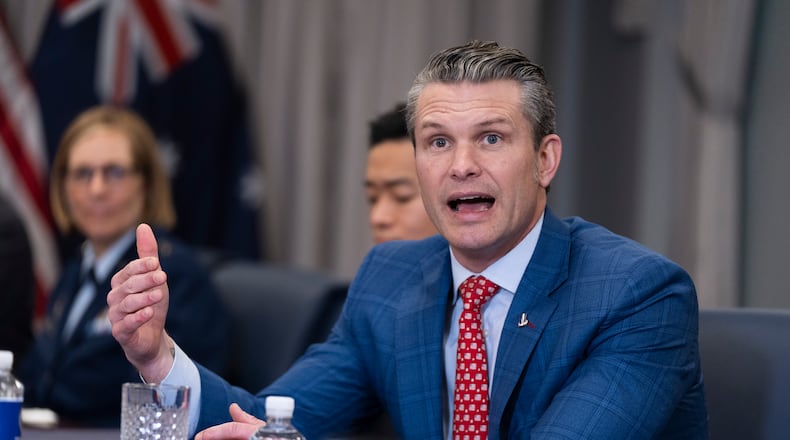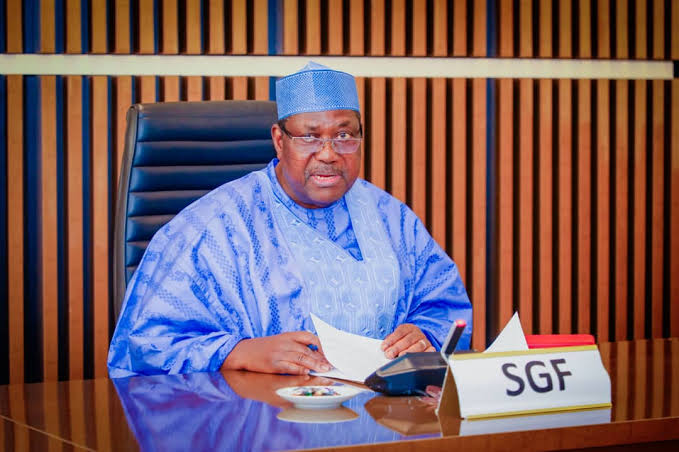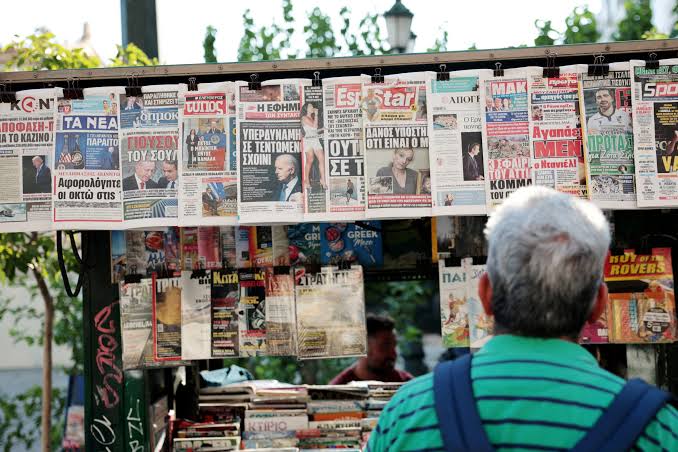U.S. Defense Secretary Pete Hegseth traveled to NATO on Wednesday, marking the first visit by a member of the new Trump administration as allies await clarification on the level of military and financial assistance Washington plans to offer Ukraine’s government. Hegseth conducted discussions with U.K. Secretary of State for Defence John Healey prior to a meeting of the Ukraine Defense Contact Group at NATO’s headquarters in Brussels. Hegseth’s predecessor, former Defense Secretary Lloyd Austin, established the forum in 2022 to mobilize weapons and ammunition for Ukraine.
In almost three years, approximately 50 nations have jointly supplied Ukraine with over $126 billion in military aid and weaponry. However, this week’s gathering was hosted by a different nation for the first time: the United Kingdom. Prior meetings of the forum were led by the United States. No determination has been reached regarding who may lead the next meeting, should one occur. Hegseth was not anticipated to reveal any news about additional weapons for Ukraine.
His visit occurs just under two weeks prior to the third anniversary of Russia’s large-scale invasion of Ukraine, which began on February 24, 2022. Many U.S. allies are concerned that if Russian President Vladimir Putin achieves victory, he will extend his ambitions beyond Ukraine, and that the conflict in Europe represents an existential threat to their safety.
U.S. President Donald Trump has pledged to swiftly bring an end to the conflict. He has expressed dissatisfaction with the expense to American taxpayers. Trump has proposed that Ukraine compensate the United States for its support by granting access to its rare earth minerals, energy, and other resources.
Some U.S. allies are apprehensive that a rushed agreement may be reached under terms that could disadvantage Ukraine. Additionally, Trump seems to think that European nations should be responsible for Ukraine’s future security.
The 31 NATO allies in Washington are also seeking insight into what Trump’s new administration plans for the largest security alliance in the world. During his first term, Trump caused distress among European partners by suggesting he would not defend any member that failed to adhere to NATO military spending guidelines.
NATO is based on the concept that an assault on one ally is regarded as an assault on all allies, necessitating a unified response. Membership is viewed as the highest form of security assurance, which is what Ukraine aims to achieve.
The security requirements and defense expenditures of Ukraine are set to be addressed on Thursday. European nations have increased their military budgets since Putin dispatched his forces to Ukraine, with 23 nations estimated to have met or surpassed the 2% of gross domestic product spending target last year.
Nonetheless, a third of the member countries have yet to meet that benchmark, and Trump is likely to focus on them again. Recently, Trump urged NATO countries to elevate their defense spending to 5% of GDP, a threshold that none of the members have achieved yet—not even Poland, which is the closest at over 4% and is anticipated to near 5% this year.
During a press briefing in Germany on Tuesday, Hegseth did not commit to increasing the U.S. defense spending to 5% of GDP. He stated that he believes the U.S. should allocate more than it did under the Biden administration and “should not fall below 3%.”
He mentioned that any ultimate decision would rest with Trump, but emphasized that “we are in times of fiscal constraints” and must be prudent with public funds. The United States allocates approximately 3.3% of its GDP to defense. NATO leaders are anticipated to reach a consensus on new spending objectives at their upcoming summit in The Hague, Netherlands, scheduled for June 24-26.




